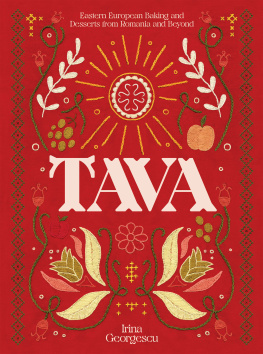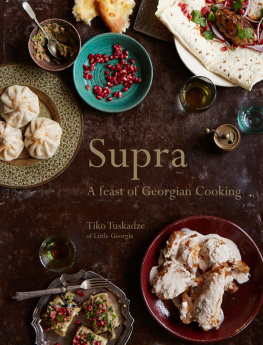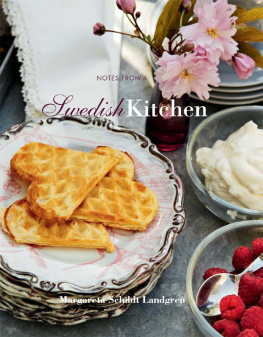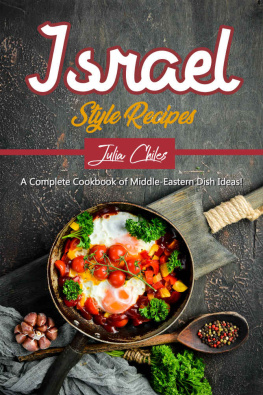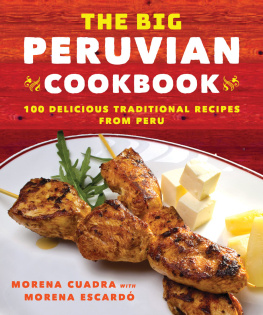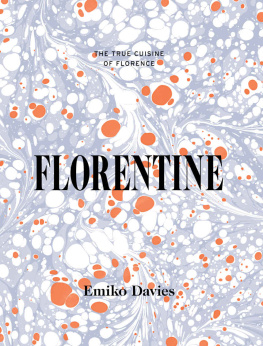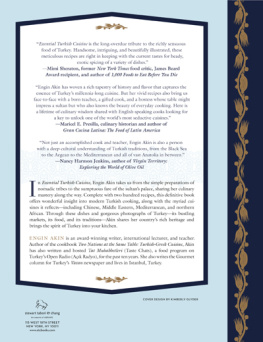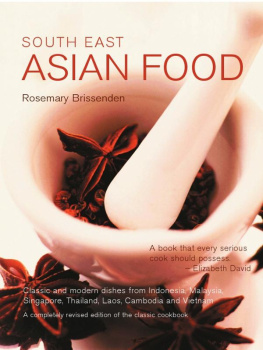Contents
Guide
CARPATHIA
FOOD FROM THE HEART OF ROMANIA
IRINA GEORGESCU

Introduction
Romania is a culinary melting pot. Its character is rooted in many cultures from Greek, Turkish and Slavic in the south and east, to Austrian, Hungarian and Saxon in the north and west. In Carpathia I aim to introduce you to this authentic, bold and delicious cuisine and in doing so, take you on a culinary journey to the very heart of this fascinating Eastern European country, exploring its history, landscape and traditions through food.
The Carpathian Mountains are an imposing presence in Romanias landscape, and I couldnt have chosen a better namesake for a book that speaks about a country of fairy tale forests, misty peaks, rolling hills, lush green pastures and the ancient shores of the Black Sea.
There is a lot to say about Romanias cuisine, but there are very few voices that have told the stories. In these times where tolerance and inclusion seem to be losing ground, I hope that a book about Romanian cookery will help to dispel some of the misconceptions about Romania and its people. I cant think of a more delicious way to get to know us than by enjoying our food, and I hope that you will agree with me.
Food is intertwined with personal journeys and life stories. It can create a bridge that connects us across borders, language and cultural differences. When I cook the recipes in this book making bor, chargrilling peppers, crushing garlic for mujdei, making pickles the fragrances remind me of how Romanian cookery is part of the collective European heritage and landscape. This is why some of the dishes look familiar, or their names speak of a German, Hungarian or Turkish origin. A friend said to me of some recipes, you cant put them in, they are not Romanian!, but what is traditional Romanian cookery if not the amalgamation of influences that weve made our own?
I want this book to be an acknowledgement and celebration of Romanian home cooking, our culinary heritage and who we are as people. I have kept as close as possible to the traditional ingredients and flavours, how my mum used to cook, but also bringing the recipes together in my own way. To me, and to many like me living away from our homelands, food is a way of remembering our roots and bringing back memories. To us food brings comfort and the sweet feeling of belonging, wherever and whoever we are.
A Romanian childhood
I grew up in Bucharest under communist rule. The city was crowded with tower blocks where the central heating was on for only four hours a day. The working week was Monday to Saturday, and television was restricted to two hours a day. We would queue for rationed food for two or three days in a row, and sometimes go home empty-handed. The limited availability of food heavily influenced the dishes we were able to cook at home, so we improvised. If we couldnt get the right ingredients to make cakes or desserts, we would eat compotes and jams instead.
Our apartment was only 40 metres square and was home to the four of us together with my dads mother Maria, who lived with us from November to March each year. My mums parents, mamaie Domnica and tataie Gheorghe, also lived in Bucharest, having met here in their youth, one coming from Transylvania, the other from the south, in Oltenia. This was a fiery combination!
My dad, Constantin, a metallurgical engineer with patented inventions, was very ambitious. To him, doing your best wasnt good enough. My mum, Lucia, was a primary school teacher who changed career and worked in IT for the army. She was also a wizard in the kitchen. Every day after work my mum would look after the house, cook delicious food from incredibly scarce ingredients, and help with our homework. This is what women were expected to do in those days, and it wasnt easy. My mother was the one who held us all together.
It is from my parents work ethic and my mums culinary ingenuity that I draw my values in life. When I started to follow my culinary dreams I learned a lot about the UK through its food and met some incredible people. I hope that, in the same way, you will learn a lot about Romania through the recipes in this book, my family stories and the history of our staple ingredients.
The heart of Romanian cuisine
Romanians are fun-loving people. We like to eat well, surrounded by family and friends, and welcome guests. The food we cook is not complicated, but it reflects the communality of how we eat. Starters are often served mezze-style with plenty of sharing plates, and main dishes sometimes require a little patience, allowing more time to enjoy the company of family and friends. Our mothers are our culinary bibles, passing down recipes from their grandmothers to us, so its no wonder that cooking is very personal to us. Read on for a tour of our staple ingredients.
Porc (pork): we love pork in bold, deeply-flavoured dishes. Rich and incredibly moreish, you cant resist a second helping. As with all types of meat, we cook with the cheap cuts and offal to make the most of this resource. Nothing goes to waste. Pork is very often the star of our summer barbecues, with its wonderful succulence and gorgeous aroma.
Mmlig (polenta): ubiquitous in our cookery, throughout this book you will find polenta in the ingredients lists for starters, main courses, side dishes and even desserts. Its the perfect carrier for an abundance of flavours and ingredients.
Bor (broth): this traditional Romanian ingredient will surprise you. The chapter dedicated to it shown speaks of the multitude of delicious, tangy recipes that can be made with it.
Mere (apples): this beloved fruit is used in both savoury and sweet dishes, and surprisingly in pickles, too. In a country blessed with the right climate for growing fruit trees, apples play a big part in many dishes, from sweet to savoury. Fruit with meat and a sweet-sour combination of flavours speaks very much of the Persian influence probably radiated by the Macedonian Greeks who settled in Romania.
Usturoi (garlic): almighty in our cookery, from Mujdei (see ) a garlic vinaigrette to fine slices of raw garlic added to a stew right at the last minute, garlic is ever present in our cuisine. Said to be a powerful protector against evil spirits and able to predict a marriage, garlic dishes may be spicy and strong, mellow and sweet, or nutty and delicate, much like the Romanian temperament.
Brnz (cheese):telemea is reminiscent of halloumi and kasseri, firm and set in brine. Cacaval and brnz de burduf are similar to the Italian caccicavallo, hard, creamy alpine cheeses.


